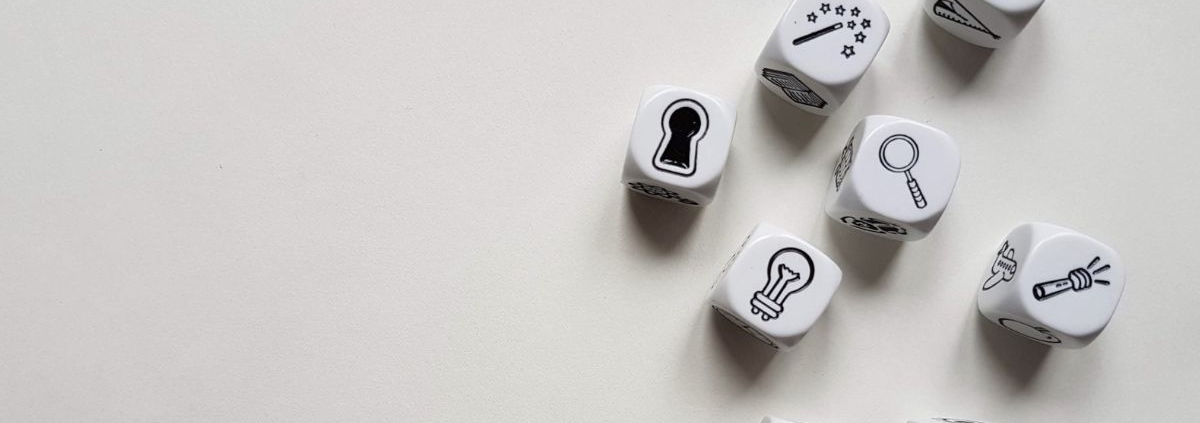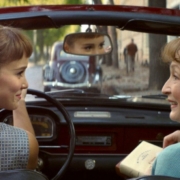Reducing Black and White Thinking – And Living With Grey
By: Lauren Chee
Black and white thinking is a type of cognitive distortion that involves thinking in extremes.
It’s seeing your performance as perfect or a failure, thinking that a person is either completely good or bad, or considering an opinion as totally right or wrong without seeing the shades of grey in between. While black and white thinking can give us a sense of certainty and clarity, life hardly ever fits neatly into one of two categories. Nevertheless, it is very easy to fall into this thinking trap.
Living in a black and white world can rob us from seeing things as they really are – nuanced, complex, and messy, yes, but also more balanced, rich, and real.
Word Pairs
So why are we so prone to this way of thinking? One reason is because of the way the English language is structured. To demonstrate, I am going to list several ‘opposite’ word pairs below.
As you read through each word pair, try and think of a word that describes the middle ground between the two extremes:
- Hot – cold
- Tall – short
- Good – bad
- Quiet – loud
- Pass – fail
- Perfect – horrible
- Anxious – relaxed
How did you go? When I ran through this exercise myself, I noticed that it was considerably more difficult to think of the ‘shades of grey’ word in between than it was to think of opposite word pairs. This is because there is often no convenient word in the English language to describe the ‘middle’ option between two ends of the spectrum. Unfortunately, this can naturally encourage us to think in a binary way.
However, while black and white thinking may be a way to avoid sitting with the uncomfortable feeling that comes when situations in life are unknown or uncertain, it can distort the way we view the world, and prevent us from being able to see things as they really are – often nuanced, complex, messy, yes, but also more balanced, rich, and real.
Life Isn’t Black and White
While black and white thinking can give us a sense of certainty and clarity, life hardly ever fits neatly into one of two categories.
So how can we shift black and white thinking and spend more time in the world of grey? Here are three tips to try.
Think on a continuum between 0% and 100%.
For example, if you’re feeling unproductive on a certain day, rate your levels of productivity on a continuum. What makes you rate it 70% and not 50%? Perhaps there were some things you achieved that you had previously overlooked. Notice that very rarely you will rate something as 0% or 100%, which is essentially what’s happening when thinking in black and white. Much more often you will fall somewhere in the middle. Thinking along a continuum often helps us to look at the situation from a more balanced perspective.
Try ‘Both-And’ Thinking
Replace ‘either/or’ thinking with ‘both/and’ thinking.
If presented with two options, black and white thinking encourages us to believe that either one option or the other will be true.
For example, “Either I’m the perfect student at school, or I’m not good enough”; “Either my partner loves me and will never be angry with me, or he hates me”. However, in this nuanced world, two seemingly opposite concepts can be true simultaneously. You made some mistakes in your exam AND you are still good enough. Your partner may be angry AND they still love you. If you find yourself thinking in an ‘either/or way’, perhaps see if it is possible to hold the two seemingly opposite concepts in your mind at the same time.
When you feel stuck deciding between two options, ask yourself “What else is possible?”
There is a story about a Zen master who places a cup of tea before her student and says “If you drink that cup of tea, I will hit you with this stick, and if you don’t drink that cup of tea, I will hit you with this stick”… Sounds like the student is damned if they do, damned if they don’t, right? Instead, the clever student asks, “What else is possible?”, offers the tea to the instructor instead, and avoids punishment. When you are feeling stuck, try to consider as many alternatives as you can to resist the urge to think in black and white.
Black and white thinking can be a thinking style that perpetuates emotional distress, depression or anxiety. If you would like to learn more about your thinking styles and how they influence your emotional health, we are here to offer you some guidance and support.
Article supplied with thanks to The Centre for Effective Living.
Feature image: Photo by Ugo Mendes Donelli on Unsplash











